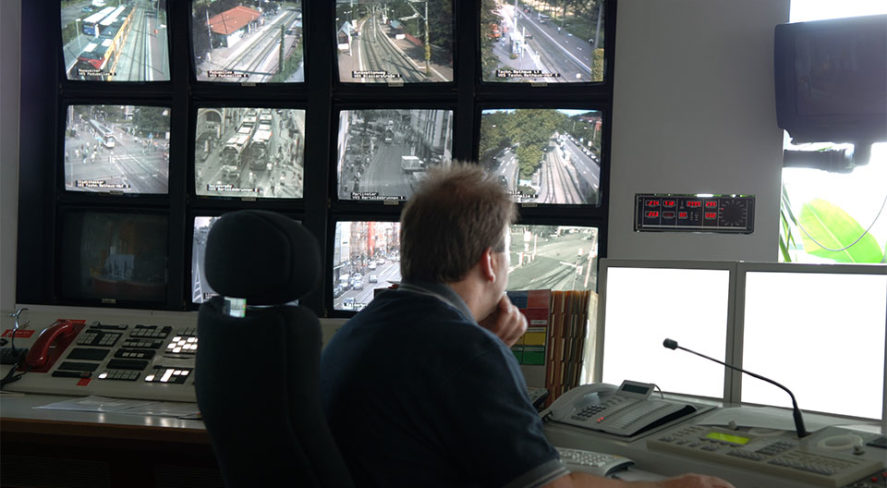ISC West Session Preview: Analytics in the Video Central Station – Proper Deployment, Programming and Configuration to Optimize Operational and Cost Efficiencies

ISC West 2019 is quickly approaching! In addition to great networking, special events and new products and technologies, attendees have access to 85+ top-quality training sessions through SIA Education@ISC. One key session to add to your calendar: Analytics in the Video Central Station – Proper Deployment, Programming and Configuration to Optimize Operational and Cost Efficiencies on Thursday, April 11!
This session will cover all advantages that video analytics offer in a video central station environment from proper deployment in the field to back-end configuration and programming in the monitoring center. Moderator Laura Stepanek, editor and associate publisher of SDM, and panelists Chris Brown, vice president of the central stations and guard force division of SureView Systems; Rush McCloy, CEO of Eyewitness Surveillance; Brandon Niles, director of operations at Acadian Monitoring Services; and Craig Jeffries, president and CEO of Jemez Technology, will share how analytics
play a critical role in reducing alarm traffic in a central station environment, allowing them to save money and realize other operational and performance efficiencies, which, in turn, allow them to offer expanded services that go beyond simple video monitoring applications.
SIA spoke with panel organizer Jason Caldwell, director of operations, marketing and support systems at SureView Systems, about what attendees can expect from this exciting session.
What are some advantages that video analytics offer in the video central station environment?
Jason Caldwell: Video analytics dramatically improve a video-centric central station environment by minimizing the amount of alarm traffic that comes in and shortening the response times and response protocols for the operator(s) handling video alarms. Using advanced analytics reduces incoming alarms to only those specific conditions that a customer cares or is concerned about at a given location: primarily, the detection of humans or vehicles or specific actions detected by humans or vehicles. Examples of the latter include loitering conditions, line crossings, directional movement (e.g.,only alert upon inbound movement as opposed to outbound), too many objects in view and expected object removed from view. Having the ability to program analytic devices to only alert upon certain conditions means the central station operators are not having to handle an abundance of false or unwanted nuisance alarms.
How can analytics help achieve operational and cost efficiencies?
JC: The factors outlined above ultimately result in a chain of efficiencies: fewer alarms mean fewer signals received, which means fewer agents are required to monitor alarms, which means reduced manpower costs and the ability to have agents focus on other core competencies. It can also result in reduced communication and technology costs, as fewer phone calls, etc., are required. Beyond the obvious cost and operational efficiencies achieved by reduced alarm traffic and manpower needed to process alarms, it can allow the central station to utilize personnel to perform other revenue-driving services that may have previously been unachievable due to the barriers that excessive alarm counts can cause. Examples of these services include managed gate/door service or virtual concierge, forensic video review/packaging, video escorts, guard patrols and safe supervision services, all of which are considered premium services that can be sold at high margins, dramatically impacting the overall business of the center.
Analytics in the Video Central Station – Proper Deployment, Programming and Configuration to Optimize Operational and Cost Efficiencies will take place during ISC West on Thursday, April 11, from 3:45 to 4:45 p.m. in Sands Expo 201. Learn more about ISC West and register here.
The views and opinions expressed in guest posts and/or profiles are those of the authors or sources and do not necessarily reflect the official policy or position of the Security Industry Association (SIA).
